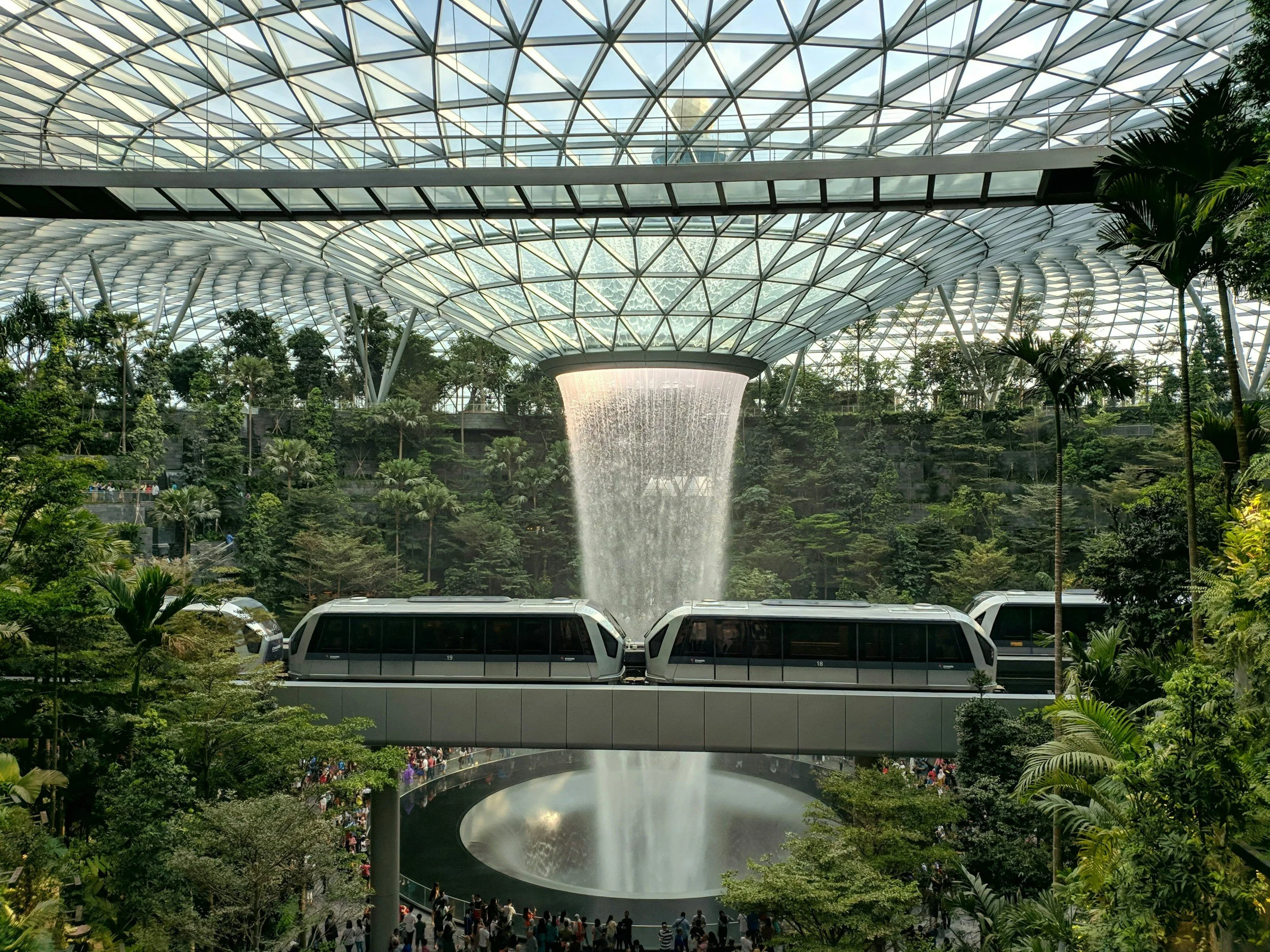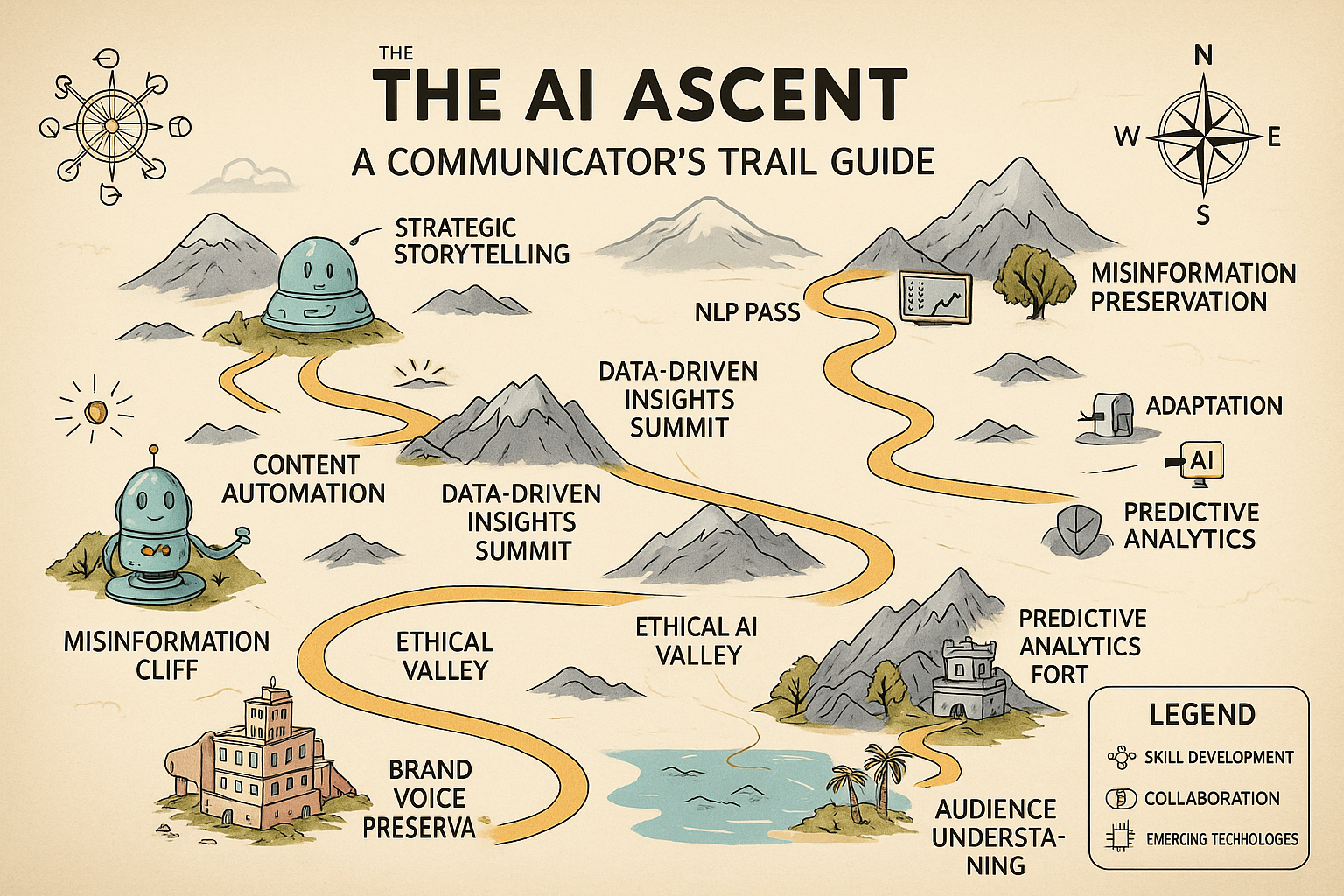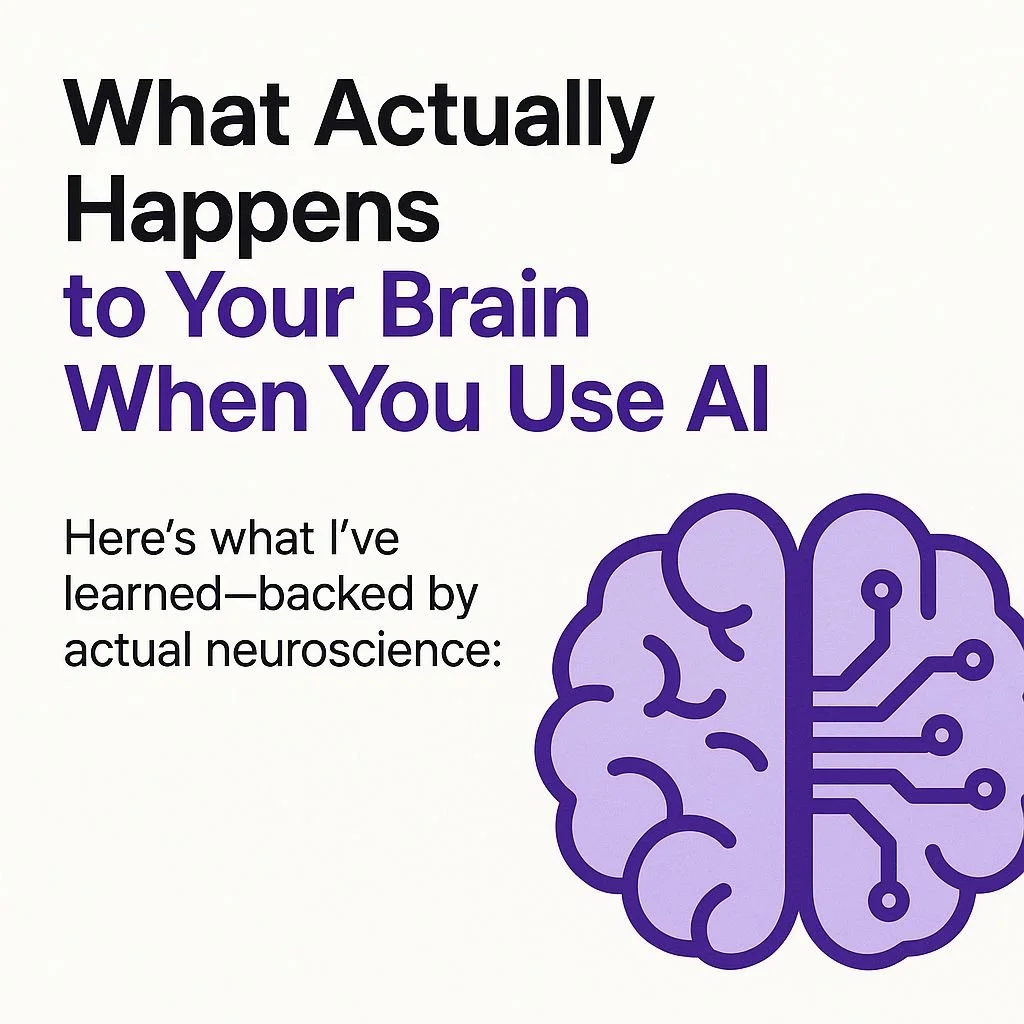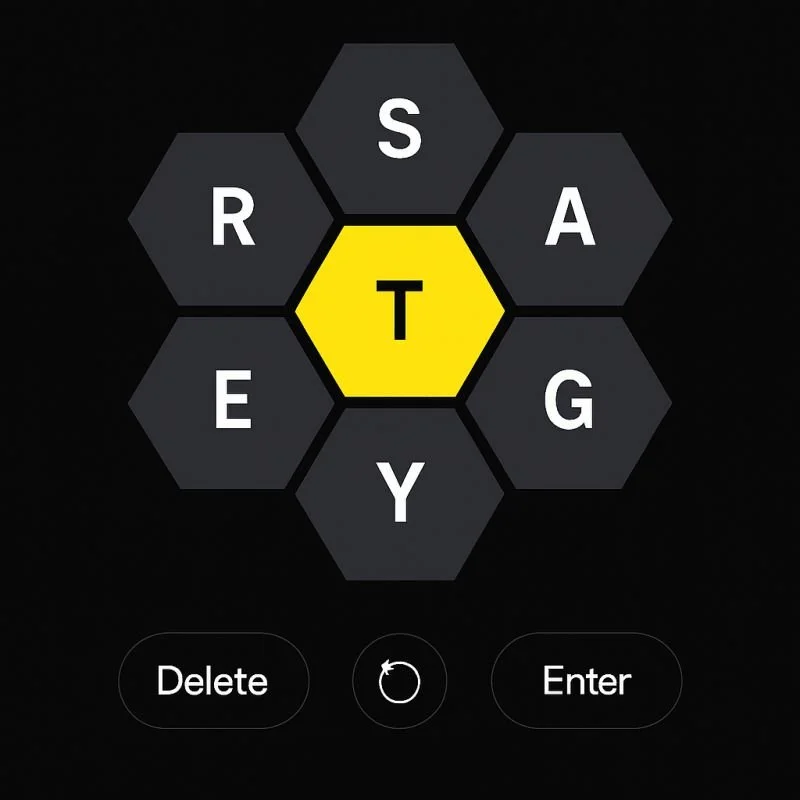
Blog
Ideas That Spread

A Communications Leader's Guide for the AI-Agentic Future of Living Brands
The communications industry is at a pivotal inflection point, a moment of profound transformation that extends far beyond the mere adoption of new tools. The AI revolution is not simply a new layer of technology to be integrated into existing workflows; it is an epochal shift that is fundamentally reshaping the very nature of brand, communication, and human work. We are transitioning from the era of digital transformation, which was a story of optimizing human-driven processes, to the "Agentic Imperative," where autonomous systems and intelligent agents will serve as the new operational bedrock for business and the essential infrastructure for brands to become truly dynamic, responsive, and authentic "living brands."

Your Brain On AI
Yes, AI can write something for you quickly. But that misses the most powerful part. For those of us who care about depth and perspective, AI is not just a shortcut. It is a tool for expanding your thinking. It becomes a partner in the creative process. It is not about speed. It is about the experience of thinking more clearly and deeply.
And that changes your mind. In every sense.

Your Career Journey.
Resumes tell employers what you’ve done. They rarely tell anyone who you are. AI can polish your words, but it can’t capture the turning points, sacrifices, and lessons that truly define a career.

The Queen Bee of Strategy: Collaboration, Discovery, and Perspective
Like Spelling Bee, strategy is a mix of scanning the big picture, stacking small wins, and knowing when to phone a friend. Some leaders hunt for the pangram right away, others build word by word, but the best know that collaboration is the real secret to reaching Queen Bee. Strategy, like the game, is discovery made stronger together.

The Leadership Shift AI Now Demands
Have you seen this memo that Tobi Lütke just shared internally at Shopify?
“Prove that AI can’t do it."
"From now on, all headcount requests at Shopify must begin with an automation assessment. If you want to hire a human, you must first prove that AI cannot do the job. AI proficiency will now be part of performance reviews. Managers are expected to redesign workflows with automation as the starting assumption—not the afterthought."

If I were a brand right now…
If I were a brand right now, I wouldn’t try to sound human. I’d be human.
That would shape how I speak, how I listen, how I show up, and how I lead.
Not just outwardly, but at every level, from the inside out.

The Future is “Living Brands”
I don’t think it has to be a zero-sum game between AI and humanity. If anything, this moment is a test of first-principles thinking. Instead of getting caught up in surface-level trends, brands should strip everything down to what’s fundamentally true. At its core, a great brand isn’t just a machine pushing products. It’s a living, evolving thing, shaped by the people it serves.